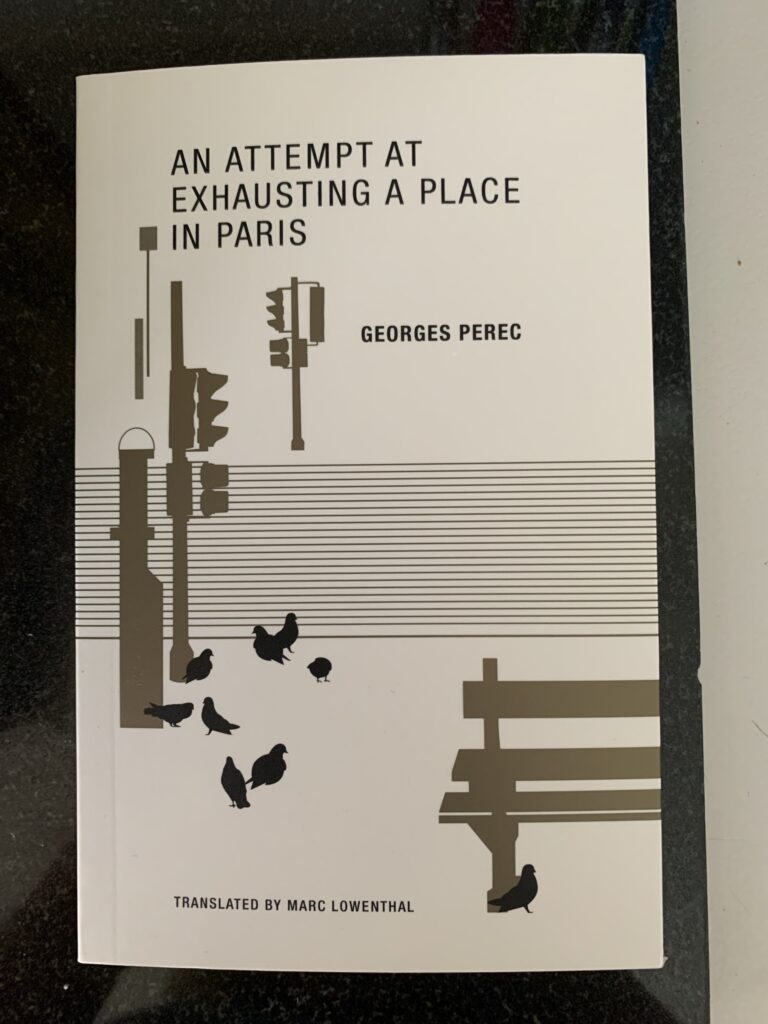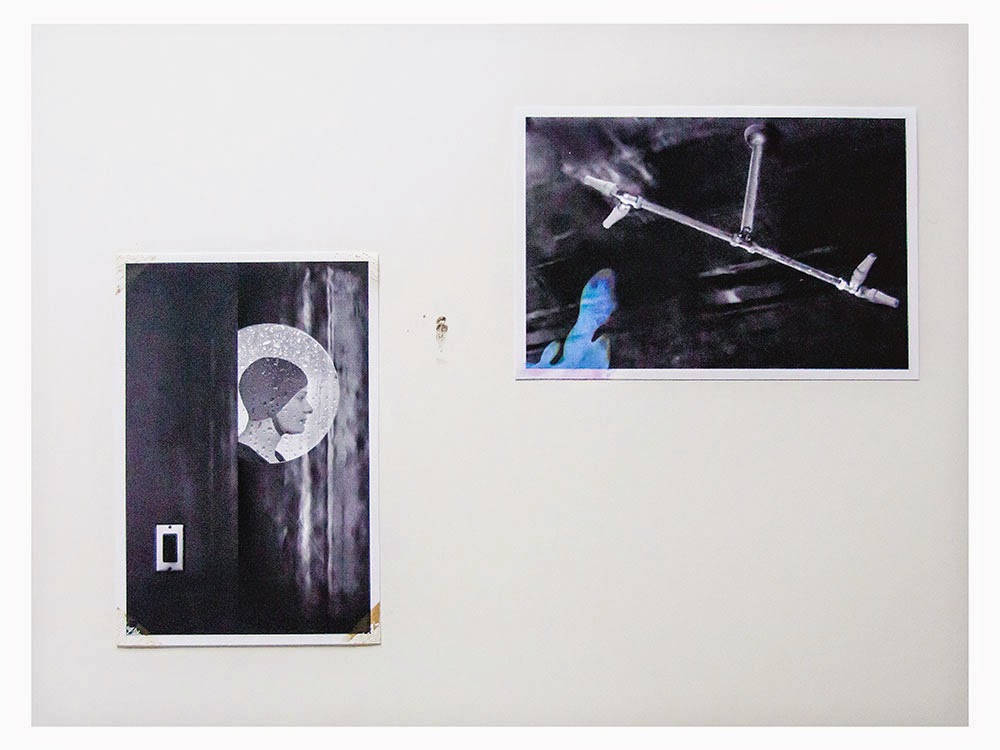
An Attempt at Exhausting a Place in Paris
This little book written by George Perec in 1974 was an attempt by the author to describe those things are not normally important in a place. For example rather than describing all of the buildings, churches and shops etc, he notes the movement of people, buses and the weather. He is attempting to describe how places change and what makes them change. The buildings etc are static and don’t change the overall landscape, but the things that happen within the space do make a difference
The book itself is sectioned into three days over which time Perec sat in a coffee shop, watching and noting the things that happened to him. Each section starts with a description of the date, time, location and weather. In the first chapter, her gives an overview of the place including sign names, colours, the roads that lead in an out of the square. The observations from different places around the square.
Perec comments that there are “tens, hundreds of simultaneous actions, micro-events, each on of which necessitates postures, movements, specific expenditures of energy” (Georges Perec and Lowenthal, pg 10).
I found this book quite engaging, in that there is enough in the descriptions to allow you paint a picture in your mind, and the pace of the bullet points means it feels dynamic and moves along at the pace at which these things are actually happening. It plays a bit like a move in your mind.
The author obviously knows the place and is conversant with where all of the buses are going and coming from. Some comments are quite subjective where he has made his own assumptions and some a factual description of what he has seen, for example at one point he notes “an elegant woman goes by . . .” (Georges Perec and Lowenthal, pg 41), – On another page he merely describes a woman with two young children. We are not given any indication as to what ‘elegant’ means to the author so are left use our own predispositions to that word to envisage what the lady might look like.
Interspersed in the text are the odd notes, where Perec makes a note to himself about projects that he might make.
The translator comments that “Time, unarrestable, works against his project . . . and he is diverted from his observations by an effort to observe what has specifically changed in his field of view from one day to the next; seemingly nothing, but then again . . . in fact, eventually everything”. (Georges Perec and Lowenthal, pg 49)
I think it’s one of the those books that paints a picture really well, if you closed your eyes and visualised the scene it would be really easy to do so. However, your own scene may be very different from the truth.
I found this very useful in my work on Exercise 5.2


1 thought on “Georges Perec”
Comments are closed.